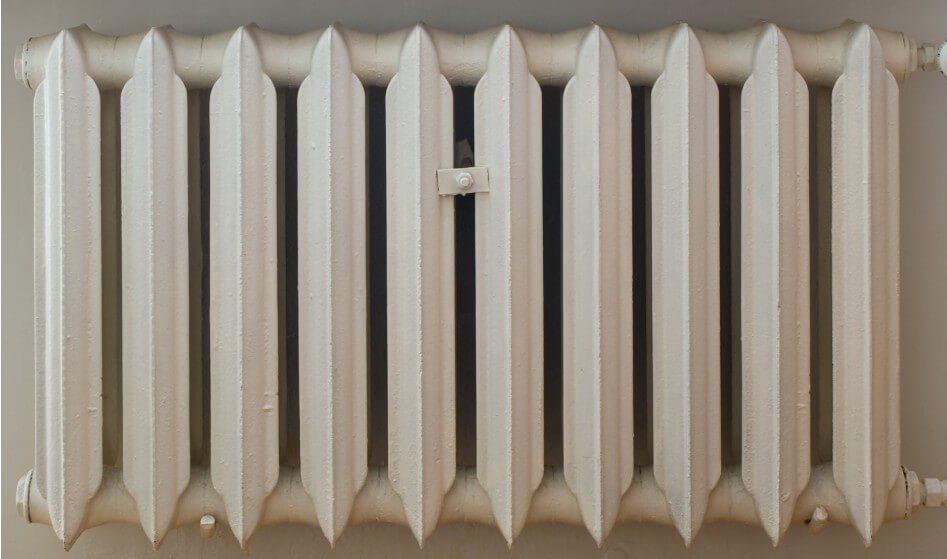(...) However, if we want to get really beautiful crystals at home, and made of substances difficult to dissolve in water at that, we can use another
method (...) For this, however, we need to build a special "device" - a set of communicating vessels and the crystallization process should be carried
out during winter, utilizing the heat of the radiator(*1).
As shown in the figure, our crystallization "device" consists of two long tubes, the longer, the better, connected with each other by additional tubes
at some distance from their ends. These tubes should be made of glass. As a last resort, they can be made of plastics – transparent polymethyl
methacrylate (PMMA), that is, made of organic glass or plexiglass, or made of transparent polyethylene (PE). Glass or plastic tees and flexible pipes
made of heat-resistant plastics can be used at horizontal connections. However, it is best to make them of glass by hot fusion(*2). We hang the entire
structure so one of the tubes is close to, and the other is as far as possible from the radiator. Of course, instead of a radiator we can use a
different kind of heat source, however, it requires constant monitoring over an often very long time, necessary for the growth of large single
crystals.
The distance between the vertical tubes should be at least 30 cm. Vertical pipe diameters, or at least the tube that is away from the radiator, should
be as large as possible. On this, among other factors, depends how big of a crystal we can grow. In a vertical tube next to the radiator, in the
warmest place, so at the level of the top of the radiator, on plastic nets with big holes, we put pieces of substance we want the crystals of. As a
last resort, we can put them in mesh plastic bags suspended on threads attached to the top edge of the tube. We pour the distilled water(*3) into the
set of communicating vessels to the level above the upper connection of the tubes. In the second tube, approximately on the same height as the
material in the tube closer to the radiator, we hang a crystal seed on a silk or nylon thread(*4). We pour a few drops of oil(*5) on the water surface
in both vertical tubes, so we can avoid the water evaporation and the dust getting in, and then we close the tubes with plugs made of porous
material. All that's left is to do is to wait again. The longer, the better.
This method of crystallization is referred to as hydrothermal crystallization. Hydro from the water, and thermal, because it uses elevated
temperature, although in our case the temperature is not too high. The physical phenomenon is easy to explain. The water heats up near the radiator,
which is accompanied by increased solubility of the crystallized substance. The increase in temperature is accompanied by an increase in the volume of
the liquid (thermal expansion), the liquid becomes lighter and rises, and in its place, a cooler water flows in through the lower connection from the
pipe further away from the radiator. Water begins to circulate, and heated in one tube, after passing through the upper connection to the other, it
releases excess heat to the environment, cools down, as the temperature drops, the solubility decreases, and the excess substance separated from the
solution is deposited on the growing crystal.
Beautiful and large salt(*6) crystals can be obtained with this method, and even crystals of substances sparingly soluble in water. In the same way,
quartz crystals are formed in nature, emeralds, aquamarines, etc... (...) Synthetic quartz crystals and synthetic emeralds are also made in the same
way. However, nature has a lot of time. Each crystal can grow hundreds, and even thousands of years. We people are always in a hurry, so instead of
waiting calmly, we synthesize emerald crystals in devices similar to the one described, but at a higher temperature and pressure. This is the story
for another chapter, however. Instead of this, one last piece of information. Often very large single crystals are obtained by crystallization from
aqueous solutions - even above 20 kg. Let this be an encouragement for your own experiments and the construction of crystallization devices other than
the one described.
|




